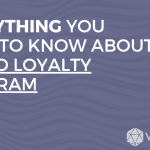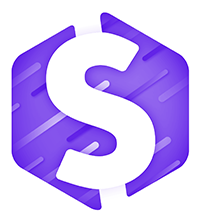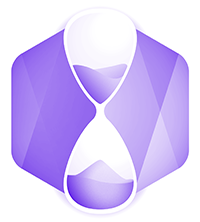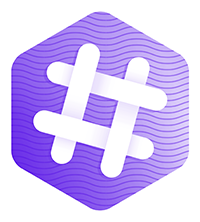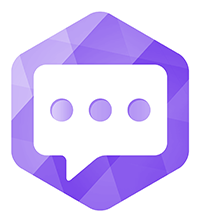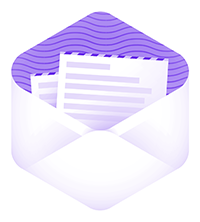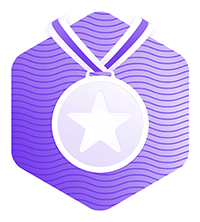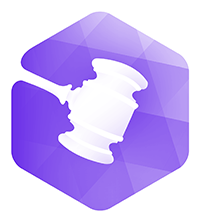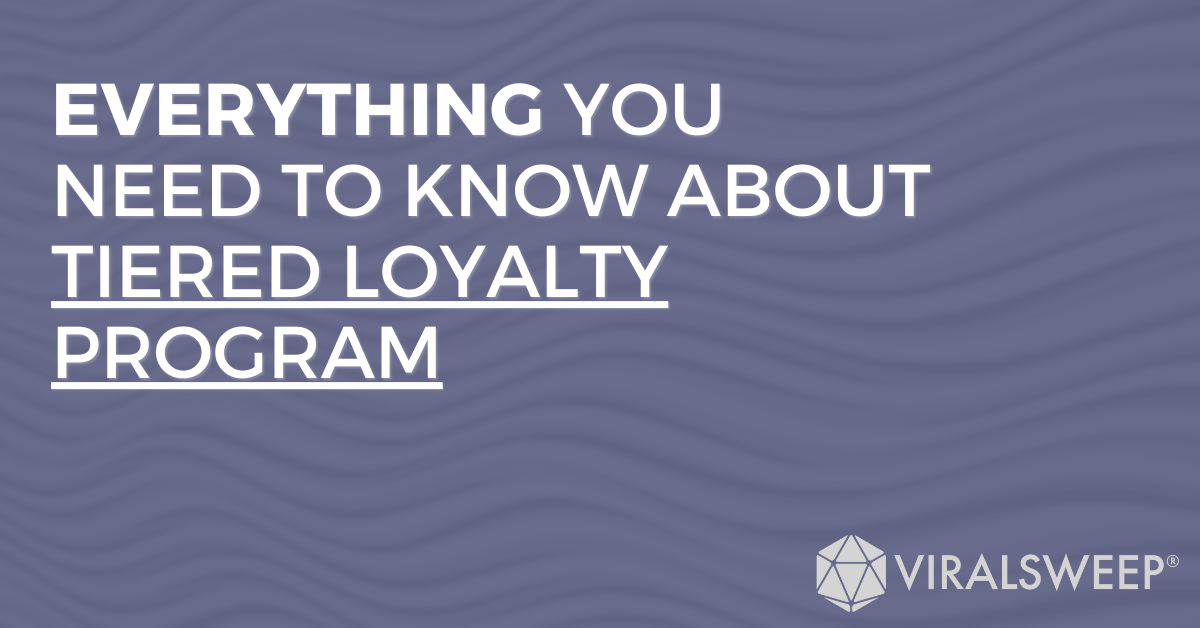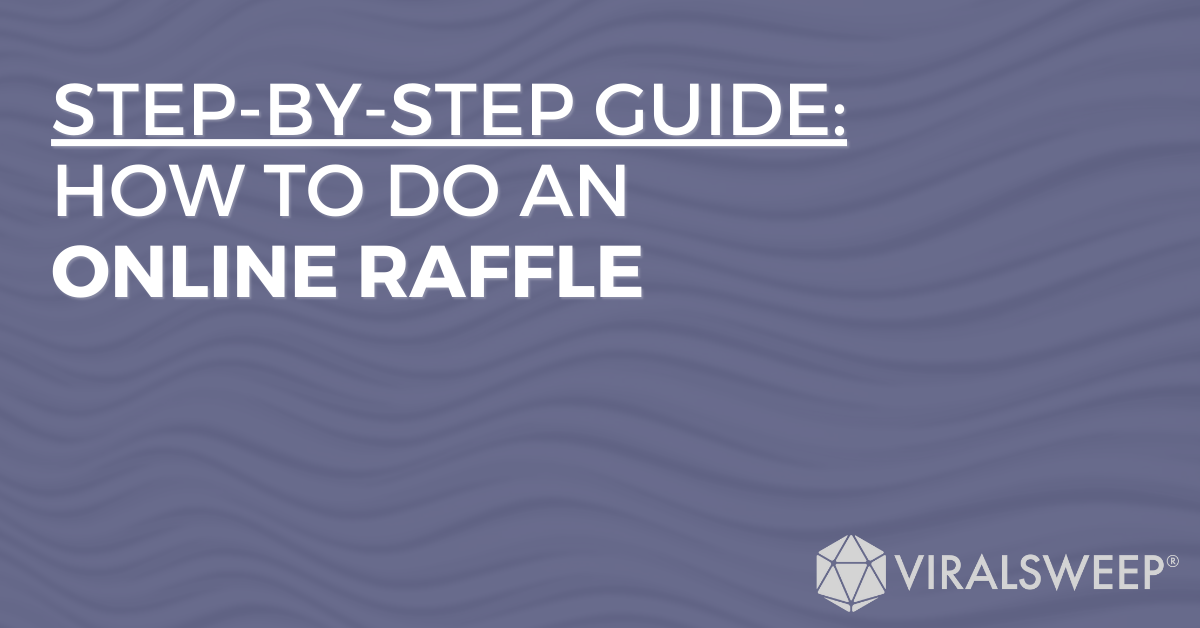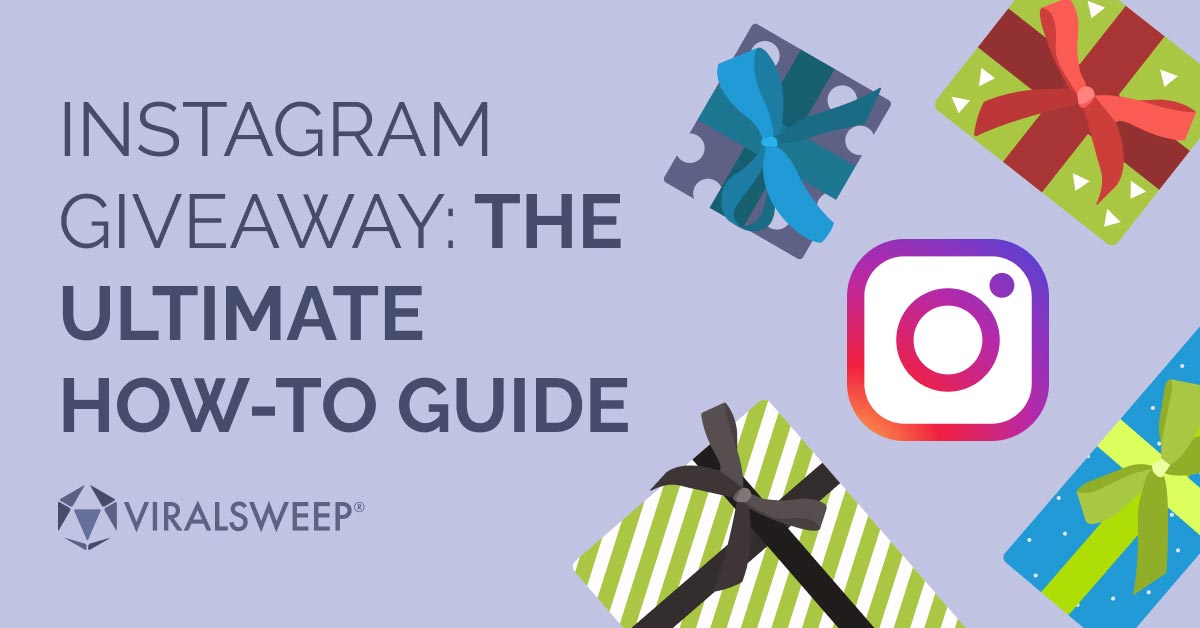Tiered loyalty programs are a powerful customer engagement strategy that businesses use to incentivize and reward customers who remain loyal.
Through these programs, businesses can offer customers rewards based on the amount of money that they spend on the company’s products or services. As customers progress through tiers in the program, they’ll be rewarded with more exclusive rewards and discounts.
This article will explain what a tiered loyalty program is, why they’re so important for businesses, and how you can set up a successful one.
Additionally, we’ll look at some examples of tier-based loyalty programs that have been proven to be successful.
Finally, we’ll offer some tips on creating an effective tiered rewards program.
By the time you’re done reading, you’ll have a better understanding of how to create an effective tiered loyalty program that encourages engagement and incentivizes customers to stay loyal.
Types of Tiered Loyalty Programs
Among businesses looking to increase their customer engagement and loyalty, the popularity of tiered programs as a part of marketing strategies is increasing more and more.
The types of rewards that you offer to your customers will depend on the type of loyalty program you have in place. Consider the following types of loyalty programs.
Points-Based Tiered Loyalty Programs
Based on a customer’s total points earned from purchases over time. As customers move up in tiers, they’ll receive greater rewards and discounts.
The main advantage of points-based loyalty programs is that customers can accumulate points over time and use them to get rewards or discounts when they reach a new tier.
This gives them the incentive to keep shopping with you because they know that their loyalty will be rewarded.
Businesses can use this type of loyalty program to encourage customers to purchase more items or services, as they may be motivated by the thought of reaching a new tier.
However, there are some drawbacks to points-based programs. For example, each customer’s rewards can vary based on their individual spending habits and history.
This can lead to dissatisfaction among customers who receive less reward than what they anticipated. Additionally, businesses will have to invest in tracking customers’ points and updating tiers accordingly.
Status-Based Tiered Loyalty Programs
Customers are rewarded for reaching certain designations or goals. These rewards can range from discounts exclusive to the program to special access to products and services.
The main advantage of this type of loyalty program is that they offer customers exclusive rewards that are tailored to customers’ individual purchasing habits.
This helps to create more meaningful relationships between customers and businesses, as customers can feel more appreciated for their loyalty. Additionally, these rewards tend to be much more motivating and engaging than points-based tiers, as they give customers something unique to strive for.
However, status-based loyalty programs can be expensive and time-consuming to maintain. Businesses will need to invest in tracking customer progress and updating rewards accordingly.
Furthermore, businesses may have difficulty creating new goals or designations for each tier, as the same rewards may become stale over time.
Frequency-Based Tiers
Frequency-based tiers are based on the number of visits customers make to the business, with greater rewards given out when customers hit certain milestones (e.g., 5 visits, 10 visits).
Frequency-based tiers offer several advantages to businesses. For one, they are easy to implement and maintain as customers’ progress is tracked automatically.
Additionally, this type of reward system encourages customers to come back regularly, creating repeat business opportunities.
Furthermore, customers can be motivated by the thought of receiving greater rewards with each visit, making them more likely to come back again and again.
On the other hand, with frequency-based tiers, it can be difficult to keep customers engaged over the long term. As customers reach the higher tiers, their rewards may become less attractive, and they may no longer have the incentive to continue visiting.
Furthermore, businesses may need to invest in tracking customer visits and updating rewards accordingly.
Level-Based Tiers
Level-based tiers are typically used in subscription services and involve customers moving through levels depending on the length of their subscription.
Level-based tiers encourage customers to subscribe for longer periods of time, but this type of loyalty program can be difficult to maintain and track due to its complexity.
Creating a Successful Tiered Loyalty Program
Creating a successful tiered loyalty program requires careful thought and planning to ensure customers are engaged, motivated, and rewarded for their loyalty.
These are the critical steps to creating an effective tiered loyalty program:
Identify Rewards and Benefits
Determine what rewards or benefits you want to offer your customers at each tier. Consider using gamification to make the rewards more engaging and rewarding.
Structure Your Tiers
Establish different tiers that provide customers with a range of rewards depending on their activity level or spending habits.
Make sure each tier offers something unique that will motivate customers to reach higher levels.
Track Progress
Invest in tracking customer activity and progress for each tier to ensure customers are rewarded and recognized for their loyalty.
Evaluate Performance
Regularly review your tiered loyalty program to identify areas of improvement or opportunities for progression. This will help you keep the rewards attractive and engaging over time.
By following these steps, businesses can create a successful tiered loyalty program that not only rewards loyal customers but also helps to build meaningful relationships.
Furthermore, this type of loyalty program can be highly effective in motivating customers and encouraging repeat business.
Tips for Implementing a Tiered Loyalty Program
Tiered loyalty programs are well-known for being a highly effective way for businesses to engage customers and increase sales. But for a loyalty program to be successful, there are several steps businesses must take.
Communicate the Program Properly
Clearly explain the benefits of joining and staying in the loyalty program to ensure customers understand how it works.
Ensure you promote any special incentives or perks associated with the loyalty program.
Make it Easy to Understand
Make sure to include information on how customers can progress through the tiers, what rewards they can expect at each level, and what steps they need to take to reach higher levels.
Offer Personalized Rewards
To ensure customers stay engaged, offer rewards that are tailored to their interests and needs.
This will help create a more personal relationship with your customers and increase the likelihood of repeat business.
Monitor and Analyze the Program
Monitor the program regularly to identify any necessary improvements or areas where rewards need to be adjusted.
Additionally, use data analytics to gain insights into customer behavior and preferences to optimize your loyalty program.
Reward Loyal Customers
Offer exclusive benefits or discounts that are only available to returning customers. This can be touted as a program for VIPs or a “platinum” club that offers program members additional perks for achieving specific milestones.
Whether these incentives are for extending subscriptions or referring friends, they can help to increase conversions and retention.
Measuring the Success of a Tiered Loyalty Program
Measuring the success of a tiered loyalty program is crucial to understanding its impact on customer engagement, loyalty, and sales.
Gauging the performance of your loyalty program can be done by tracking key metrics such as:
Participation Rate
This metric will show how many customers have signed up for your program. This is an essential metric for measuring the success of a tiered loyalty program because it provides insight into how many customers have signed up for the program and are taking advantage of the rewards being offered.
This data can be used to inform decisions on how to optimize the loyalty program further and make it more attractive to potential customers.
Additionally, it can help you determine if the rewards are actually motivating customers to join.
Customer Retention
This metric indicates how many customers have returned to purchase after joining the loyalty program.
By tracking this data, you can gain insights into which rewards are most effective in encouraging customer loyalty and repeat purchases.
It’s essential for businesses to track this metric to determine how effective their loyalty program is at encouraging customers to return and make repeat purchases.
The higher the customer retention rate, the better it is for the business and the loyalty program.
Revenue Impact
This metric measures the impact that a loyalty program has on overall revenue. This can be done by comparing total sales before and after implementing the loyalty program to determine if there has been an increase or decrease in sales.
Additionally, tracking the average order value of customers who are part of the loyalty program can help you identify which rewards are most effective in increasing the value of sales.
Tracking this data can provide valuable insights into how the loyalty program is impacting overall revenue.
Engagement Rate
This metric measures how often customers are taking advantage of the rewards offered by your loyalty program.
This data can help you determine if customers are actually engaging with the program and if the rewards being offered are motivating them to take action.
By tracking this data, businesses can gain insights into which rewards and incentives work best for their target audience.
Customer Satisfaction
This metric measures the level of satisfaction customers have with the loyalty program.
Tracking customer satisfaction can help businesses understand if their rewards are meeting customer needs and expectations and if they need to make any adjustments to improve the program.
Additionally, tracking this data can provide insights into how satisfied customers are with the overall experience they’re getting from the program.
Examples of Tiered Loyalty Programs
Examples of these types of loyalty programs can be found across various industries, from retail stores to online services.
In this section, we’ll explore some popular tiered loyalty programs that have proven to be successful in engaging customers and driving sales.
Sephora
Sephora’s Beauty Insider program is a tiered loyalty program that rewards customers for shopping at the store.
The program has three tiers (Insiders, VIB and Rouge), each with its own set of benefits and rewards.
Customers can earn points for purchases which can be redeemed for discounts and free products. Additionally, members of higher tiers receive access to exclusive events, special offers, and more.
Starbucks
Starbucks Rewards is a tiered loyalty program that rewards customers for purchasing at Starbucks stores.
Customers can earn “Stars” for every purchase, but as an added twist, members can earn twice as many Stars by adding money to their digital Starbucks Card and using it for purchases.
The Stars can be redeemed for free food and drinks, and members can earn Stars even quicker with Bonus Star challenges, Double Star Days, and exciting games.
Hilton Honors
Hilton Honors is a tiered loyalty program for Hilton hotels and resorts. Customers can earn points for stays, dining, shopping, entertainment, and more.
The program has four tiers (Member, Silver, Gold, Diamond), each with its own set of benefits, such as free Wi-Fi access, exclusive discounts and offers, early check-in/late check-out, and much more.
Members of higher tiers also receive access to additional amenities such as complimentary room upgrades and other rewards.
ViralSweep for Testing Out a Tiered Loyalty Program
Using ViralSweep to promote a tiered loyalty program can help businesses quickly and easily set up their program, track customer engagement and satisfaction, and drive more sales.
With ViralSweep’s suite of tools, businesses can create custom campaigns with tiered incentives that reward customers for taking specific actions.
Customers can earn bonus entries or rewards for referring friends or completing surveys, and businesses can track customer engagement to adjust their loyalty program as needed.
ViralSweep’s Milestones app allows businesses to offer customers bonus rewards for reaching certain milestones with their rewards account.
With ViralSweep’s Waitlist, businesses can create waitlists and let customers sign up for products or services with the option to earn bonus rewards for referring friends.
Alternatively, the ViralSweep’s Giveaway app can be used to create giveaways and sweepstakes that reward customers for completing actions such as following on social media.
If you have an idea for a tiered loyalty program or are looking to get started with your own program, ViralSweep can help. Get in touch today and see how we can help you promote a loyalty program for your business.

